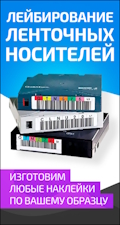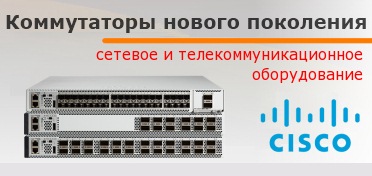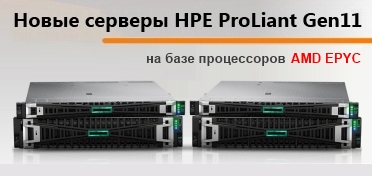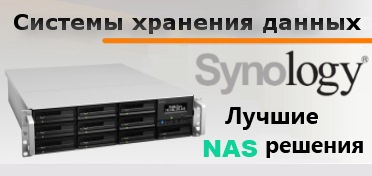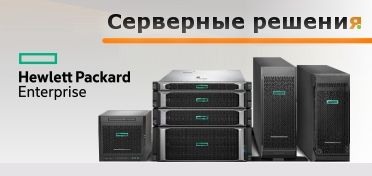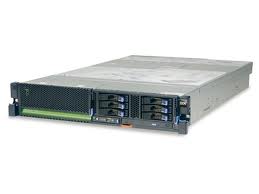
IBM PowerLinux 7R2 server
Highlights* Optimized for emerging and traditional scale-out Linux workloads
* Economical foundation for optimized solutions
* Deploy more secure, highly available solutions and services faster
The way the world works is changing. Consumers want instant answers and ubiquitous access from smart devices. They are having billions of conversations on global social networks. Businesses selling goods and services to these consumers are utilizing newly available information and instantaneous communication capabilities to more effectively market. Born-on-the-web companies are delivering massive amounts of information to millions of users. These smart companies have one thing in common—they are exploiting Linux and emerging solutions on scale-out systems to deliver the right services at the right time to the right clients.
Today, organizations of all sizes can participate in the data-centric revolution, even while struggling with rising costs and limited IT resources. The IBM® PowerLinux™ 7R2 server is designed specifically as an economical foundation for emerging and traditional scale-out workloads. IBM PowerLinux workload optimized solutions, each tuned to a specific task, are affordable for businesses of all sizes. With solutions ranging from Virtualized Open Source Infrastructure services to IBM Watson™-inspired big data analytics, companies which previously relied on x86-based servers can now enjoy the advantages the Power Architecture® has brought to large enterprises:
* More throughput per server with industry-leading performance and more efficient virtualization
* Superior reliability and security
* End-to-end system optimization
A simpler PowerLinux-based IT environment with fewer servers to manage helps reduce infrastructure costs and frees IT staff to focus on bringing innovative products and services to market faster. Replacing aging x86 based Windows servers with PowerLinux systems and open source applications can further reduce costs by eliminating high proprietary software license fees and upgrade charges.
The IBM PowerLinux server and IBM PowerVM® for IBM PowerLinux are optimized for Linux, providing more efficient horizontal scaling at price points comparable to traditional Linux servers. The IBM PowerLinux 7R2 server delivers the outstanding performance and workload-optimizing capabilities of the POWER7® processor in a Linux only, dense, 2U rack form factor that is ideal for running multiple application and infrastructure workloads in a virtualized environment. The two-socket, high-performance, energy-efficient server supports sixteen POWER7 cores and a choice of Linux operating systems.
| Configuration options | ||
|---|---|---|
| POWER7 processor modules—one per system | 8-core 3.55 GHz or 8-core 3.3 GHz |
|
| Sockets | 2 | |
| Level 2 (L2) cache | 256 KB per core | |
| Level 3 (L3) cache | 4 MB per core | |
| Memory | 8 GB to 256 GB of RDIMM DDR3 Active Memory Sharing |
|
| Solid State Drives (SSD) | Up to 6 SFF drives or | |
| Disk drives | Up to 6 SFF SAS drives | |
| Disk capacity | Up to 3.6 TB | |
| Media bays | Slimline for DVD-RAM Half height for tape drive* or removable disk |
|
| PCI Adapter slots | Five PCI Express 8x Gen2 low profile | |
| Standard I/O adapters | ||
|---|---|---|
| Standard Ethernet | Four Ethernet 10/100/1000 Mbps ports | |
| Integrated SAS controller | One controller for SAS DASD/SSD with RAID 10 and DVD-RAM Optional protected 175 MB cache with RAID 5, 6 |
|
| Other integrated ports | Three USB, two HMC, two system ports, two SPCN | |
| GX slots | Two GX++ | |
| Expansion features (optional) | External storage drawers | |
| High-performance PCI adapters | 8 Gigabit Fibre Channel; 10 Gigabit Ethernet, 10 Gigabit Fibre Channel over Ethernet, Dual port QDR Infiniband | |
| PowerVM technologies | ||
|---|---|---|
| POWER Hypervisor™ | Supports multiple virtual machines (partitions) on a single system; Dynamic partitioning; Virtual LAN (memory-to-memory interpartition communication) | |
| PowerVM for PowerLinux | Micro-Partitioning® with up to 10 virtual machines per processor; Multiple Shared Processor Pools; virtualized disk and optical devices (VIOS); Integrated Virtualization Manager (IVM); Shared Dedicated Capacity; Live Partition Mobility (LPM) and Active Memory Sharing (AMS) | |
| RAS features | ECC memory with Chipkill Processor Instruction Retry Alternate Processor Recovery Service processor with fault monitoring Hot-plug disk bays Hot-plug and redundant power supplies and cooling fans Dynamic component Deallocation |
|---|
| Operating systems | The following commercial Linux Operating System releases are supported: Red Hat Enterprise Linux 5 Red Hat Enterprise Linux 6 SUSE Linux Enterprise Server 11 |
|---|
| High availability | IBM Tivoli System Automation for Multiplatform SUSE Linux Enterprise High Availability Extension |
|---|
| Power requirements | 200 V to 240 V ac, single phase |
|---|
| System dimensions | Rack Drawer: 3.4"H × 17.6"W × 28.6"D (86 mm × 447 mm × 728 mm); weight 65 lbs (29.5 kg) |
|---|

